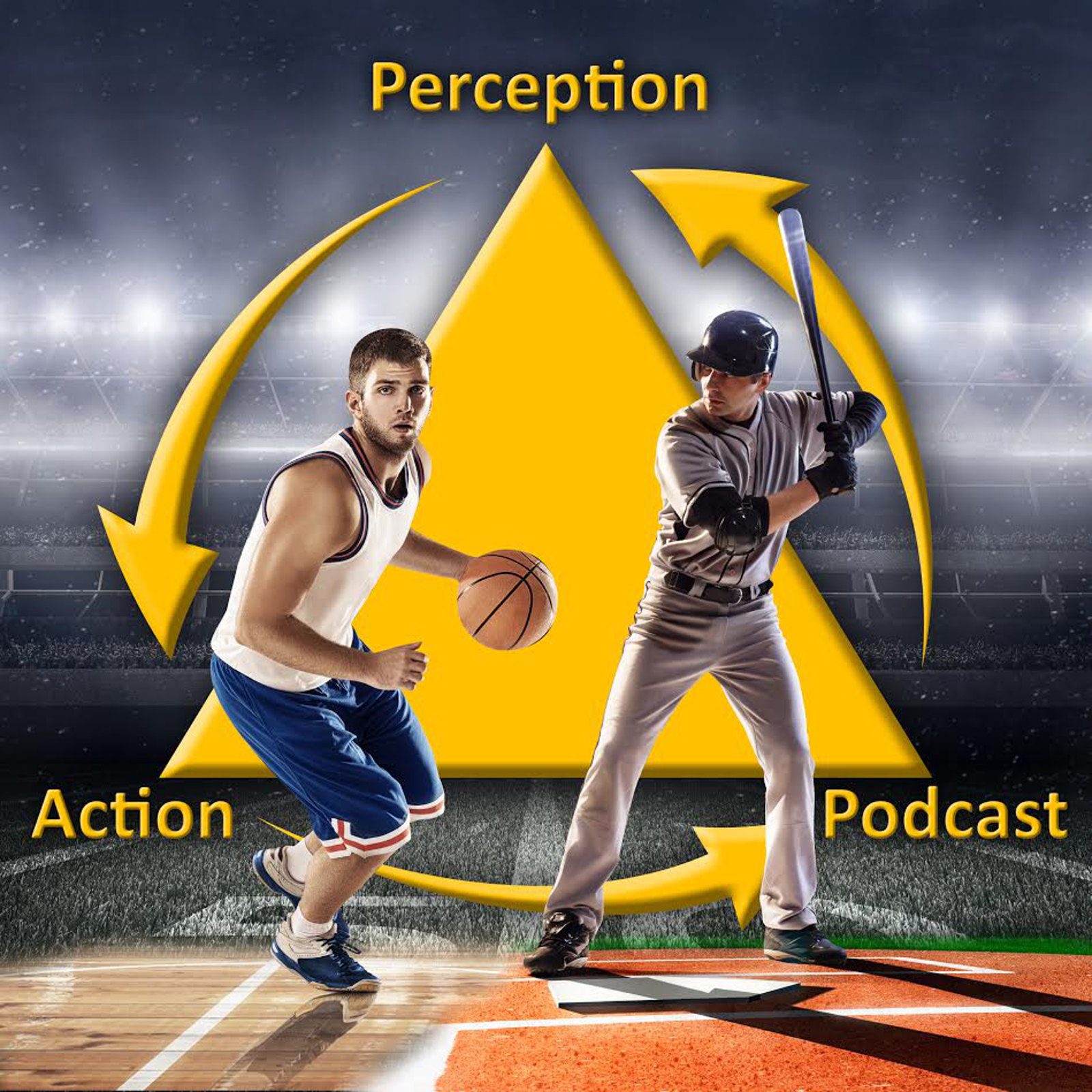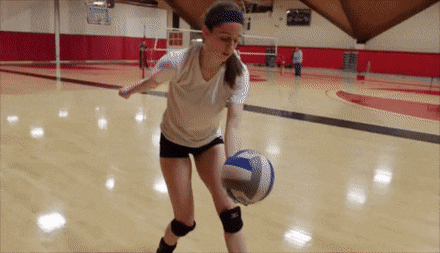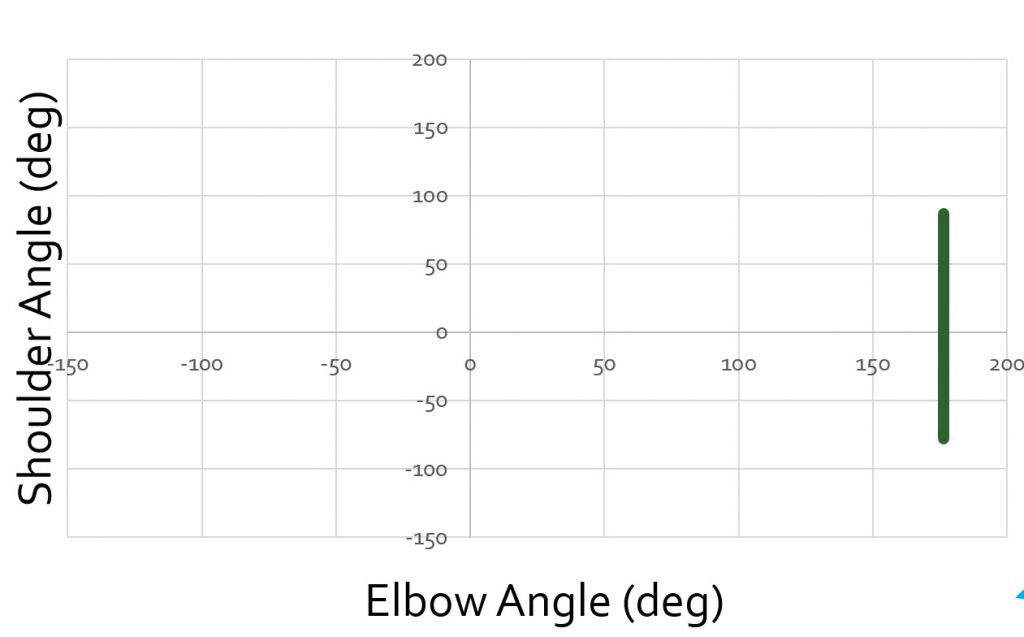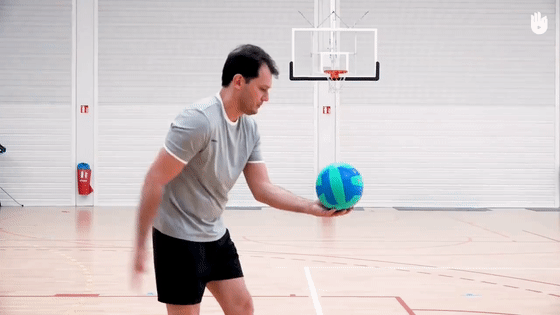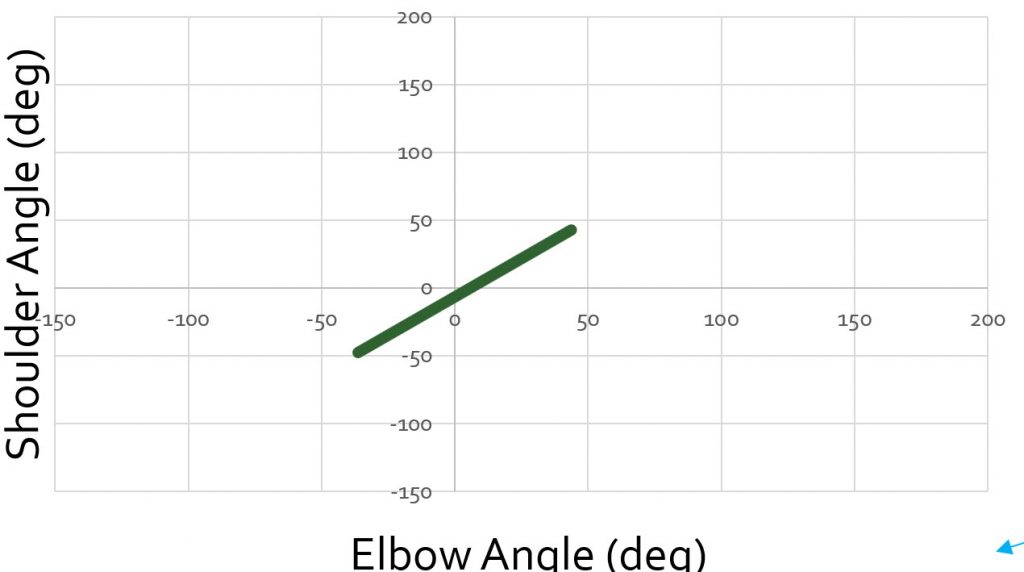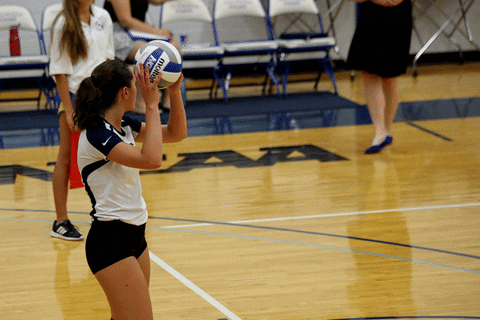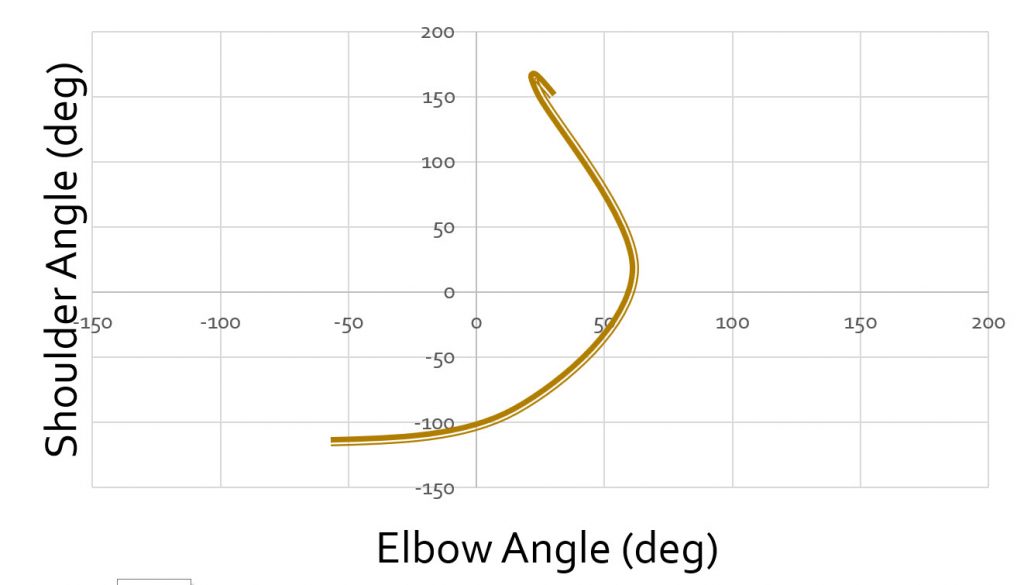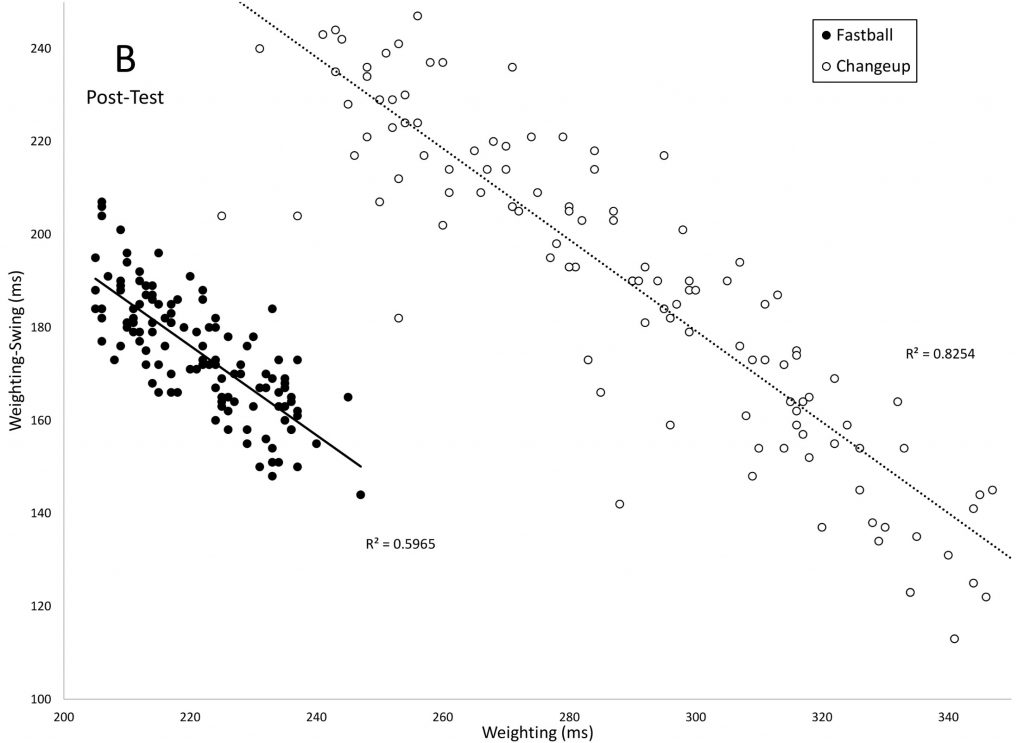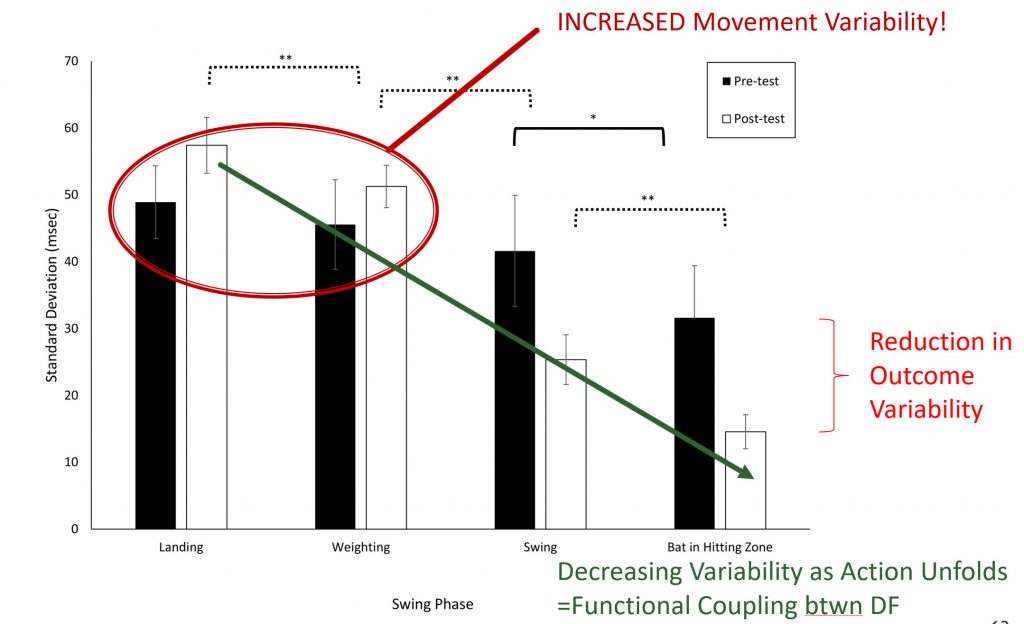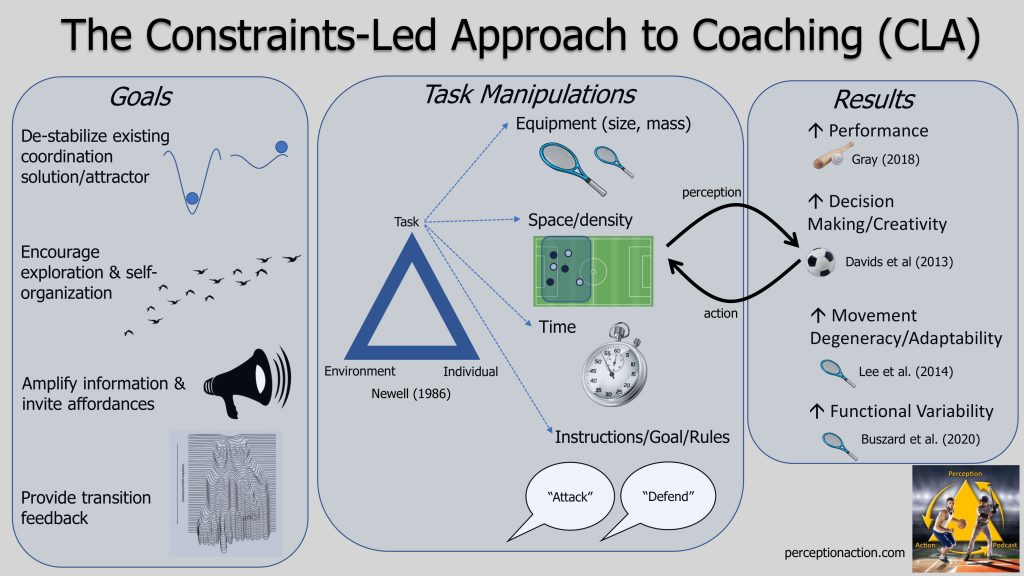
Overview: “A struggling learner can be viewed as a system that is temporarily trapped in a stable attractor state that does not correspond well with a behavioral solution that would satisfy task demands. A strategy of perturbing the movement system may be necessary to help the learner to ‘let go’ of previous movement experiences. Techniques such as altering task constraints like rules, spaces, equipment and number of opponents should be treated as useful ways to induce movement variability and encourage exploration for alternative solutions. These ideas question the traditional concepts of repetition and breaking down of skills during practice to minimise movement variability. It should be acknowledged that the learner may need additional encouragement and reassurance at this important stage, as performance levels could fluctuate as a consequence of the motor reorganisation” (Button et al., 2005)
Key Terminology:
*Yes, I have heard the complaints that there are too many terms! But I really believe it is valuable to learn them and use them appropriately and consistently. They have very specific meanings that are strongly linked to some well-developed theories. Did you know what the terms VO2 Max, ACL, etc meant the first time you heard them?! 😉
–Solution Space – the set of possible values (degrees of freedom, Bernstein 1967) which the individual-task-environment system could take for a particular movement problem. E.g., all possible combinations of shoulder and elbow angle a volleyball player could use when serving.
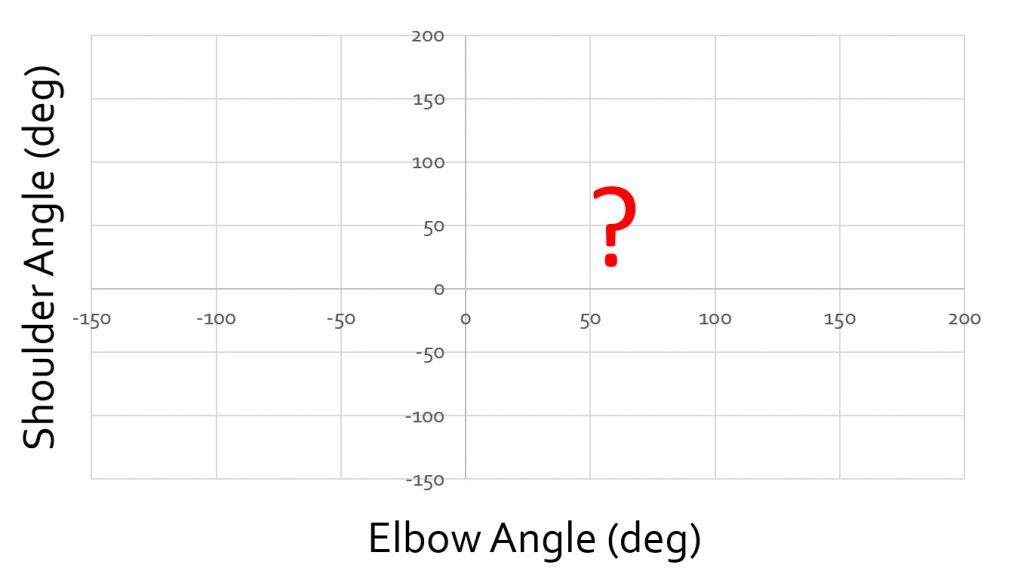
–Coordination – finding a point in or trajectory through solution space which achieves the task goal AKA solving the degrees of freedom problem.
–Constraint – an informative boundary in the solution space which both prevents/discourages an athlete from using some coordination solutions and encourages them to move towards others. For example, a connection ball prevents a baseball pitcher from using a delivery in which their arm separates from their body too early and provides feedback about other solutions that will be effective.
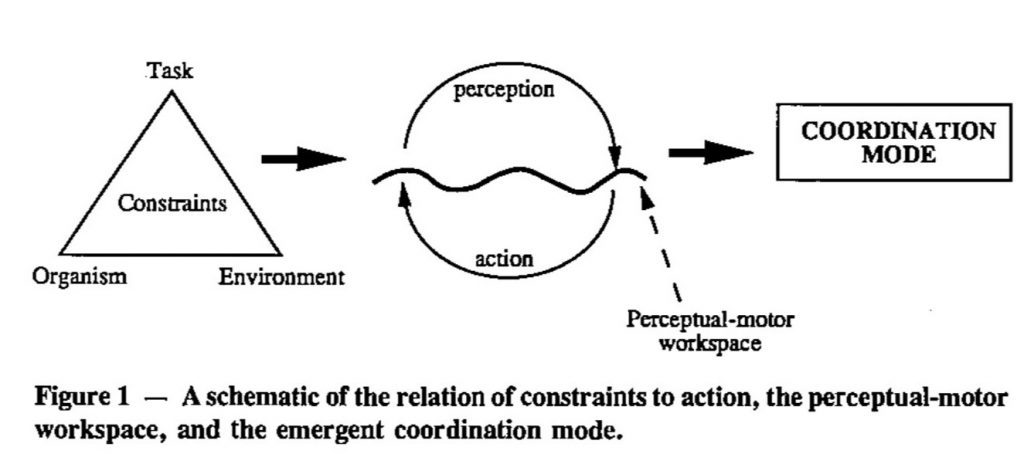
–Attractor – a dynamical systems concept used here to refer to a point in the solution space to which the individual-task-environment system evolves or is drawn to. A strong/deep attractor is equivalent to a highly stable coordination solution. E.g., when asked to play a drum roll with your fingers, an in-phase coordination pattern (both fingers doing the same thing) is a strong attractor.
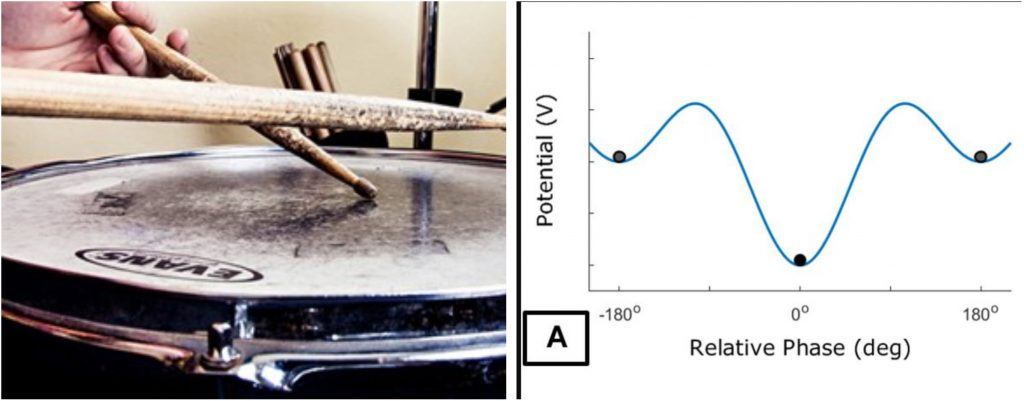
–Affordance – an opportunity for action invited by the environment. For example, a wide gap between defenders affords driving to the net in soccer or basketball. Perceiving affordances involves scaling information picked up from the environment (the rate at which the X Gap is closing below) by our action capabilities e.g., the size of the gap that affords driving will depend on the speed of the athlete (how quickly the Z gap can be closed). This is sometimes also called embodied perception.
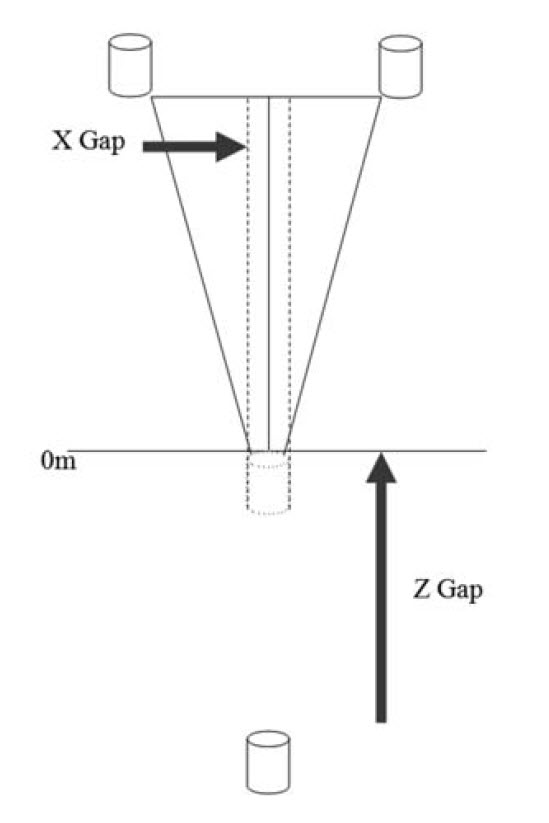
–Amplifying an affordance – a great example of using the CLA to amplify/invite an affordance is the tennis training activity shown below. Here, a task constraint (a rule change that requires the player to bounce the ball on their own side first) is being used. This effectively takes away the ability to beat your opponent with power and as result the player’s attention is drawn more to other affordances (e.g., playing angles, moving your opponent around, etc).
–Transition Feedback – a type of augmented feedback (i.e. that is not naturally available to the athlete) provided by a coach which refers to the change in the coordination pattern that will need to occur in the future in order for the task goal to be achieved successfully (Newell, 2003). In other words, instead of giving feedback about current or past movements, it provides information about the transition from the current ineffective movement solution to one that will be effective. For example, the direction the connection ball goes when it falls out gives a pitcher information that can be used to guide them from one movement solution (ball going sideways) to another (ball going forward). Critically, this feedback is not prescriptive — it does not tell the performer what the new coordination solution will be.
–Degeneracy – being able to solve the same movement problem using different patterns of coordination. Allows a performer to be adaptable to changes in the constraints. Sometimes referred to as taking advantage of motor abundance or redundancy (i.e., the fact having so may available degrees freedom allows us to move in so many different ways).
–Functional Variability – the goal of the CLA is not to produce a highly repeatable, low variability movement. Instead we expect there to be a significant amount of variability from execution to execution. This variability is functional because it allows the performer to adapt to the internal and external conditions which are dynamic and ever changing in sports.
For example, as shown in the figures below from some of my hitting data, for skilled batters there is a lot of variability in the timing of the different phases of the swing — but a lot of this variability is functional (e.g., variations in the timing of the bat swing compensates for variations in the timing of the weight shifts). This results in increase in the precision of the movement as it unfolds leading to low outcome variability (e.g., consistently getting the bat on the ball). When different degrees of freedom work together in a compensatory way like this we call it a motor synergy.
–Psychological Safety – as mentioned at the beginning of this post, for the CLA to be effective it is critical that the coach create an environment where making mistakes and looking imperfect is not only OK but it’s encouraged because that is when learning occurs.
Podcast Episodes:
–87 – The Constraints-Led Approach to Coaching I: What are Constraints?
–88 – The Constraints-Led Approach to Coaching II: Dynamics & Representative Design
–89 – The Constraints-Led Approach to Coaching III: Evaluating its Effectiveness
–163 – The Constraints-Led Approach to Coaching IV: Why do we “Constrain”?
–147 – New Constraints Led Approach (CLA) Research
–172 – Game-Based Approaches to Coaching (How the CLA is different than other games based approaches & is not just “letting them play”)
–320 – Using a Constraints Led Approach to Develop Tactical Skill, 9/22/2020
Video Presentations:
Recommended Books:
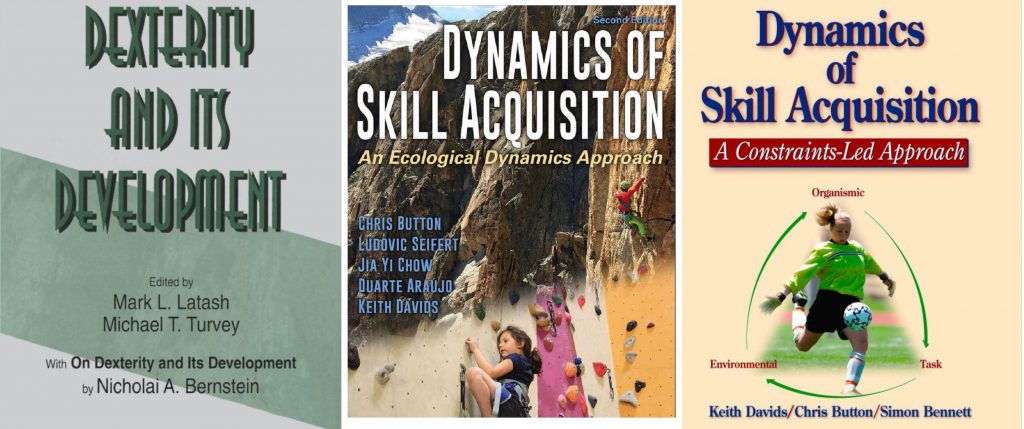
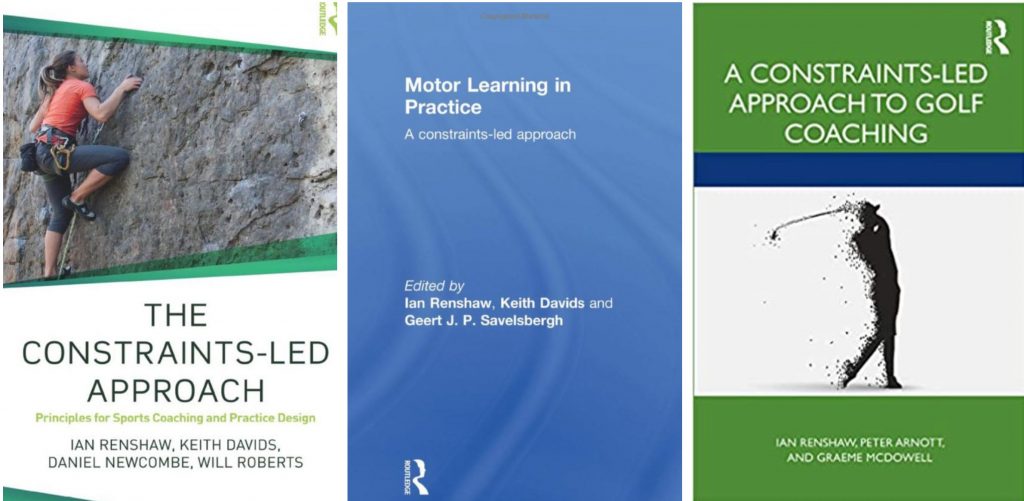
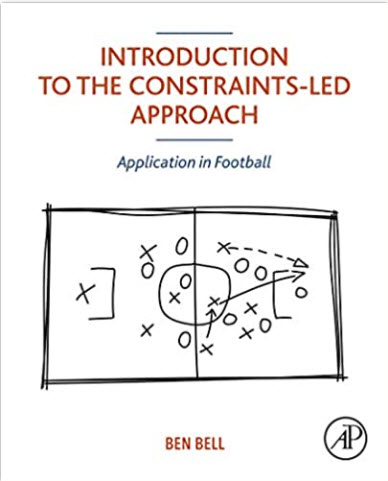
Articles – Theoretical Foundations:
Coordination
–Coordination, control and skill
–The Bernstein perspective: I. The problems of degrees of freedom and context-conditioned variability
Constraints
–Constraints on the development of coordination
–An Ecological Dynamics Approach to Skill Acquisition: Implications for Development of Talent in Sport
–Why the Constraints-Led Approach is not Teaching Games for Understanding: a clarification
Attractors
–The Dynamics of Perception and Action
Affordances
–The Theory of Affordances
–Information, affordances, and the control of action in sport
Transition Feedback
–Augmented Information Feedback And Task Constraints
–Change in Motor Learning: A Coordination and Control Perspective
Degeneracy
–The Bliss of Motor Abundance
Articles – Empirical Research:
–Scaling the Equipment and Play Area in Children’s Sport to improve Motor Skill Acquisition: A Systematic Review
–The effectiveness of constraints-led training on skill development in interceptive sports: A systematic review AND Commentary
–Increasing functional variability in the preparatory phase of the takeoff improves elite springboard diving performance
–Manipulating task constraints shapes emergence of herding tendencies in team games performance
–How Small-Sided and Conditioned Games Enhance Acquisition of Movement and Decision-Making Skills
–The effect of manipulating task constraints on game performance in youth field hockey
–Comparing cueing and constraints interventions for increasing launch angle in baseball batting
–Effect of environmental constraints on multisegment coordination patterns during the tennis service in expert performers
–Constraints-led approach to coaching the power clean
–Utilising Representative Learning Design to Underpin the Measurement and Development of Cricket Batting Expertise
–Nonlinear pedagogy: an effective approach to cater for individual differences in learning a sports skill.
–Scaling sports equipment for children promotes functional movement variability
–The influence of attractor stability of intrinsic coordination patterns on the adaptation to new constraints
–Equipment modification can enhance skill learning in young field hockey players
–The constraint-led approach to enhancing team synergies in sport – What do we currently know and how can we move forward? A systematic review and meta-analyses
–Developing Players’ Tactical Knowledge Using Combined Constraints-Led and Step-Game Approaches—A Longitudinal Action-Research Study
–Comparing the constraints led approach, differential learning and prescriptive instruction for training opposite-field hitting in baseball
–Impact of the constraints-led approach on students’ motor performance
Articles – Coach Development:
–Learning to be adaptive as a distributed process across the coach–athlete system: situating the coach in the constraints-led approach
–Sport Practitioners as Sport Ecology Designers: How Ecological Dynamics Has Progressively Changed Perceptions of Skill “Acquisition” in the Sporting Habitat
Additional Resources:
–Work 1:1 on with me to develop and/or analyze a CLA training program
-Learn more from Emergence
-Listen to interviews/discussions with coaches using this approach on The Talent Equation Podcast, The Curious Coaches Club, and Movement & Skill Acquisition Ireland
